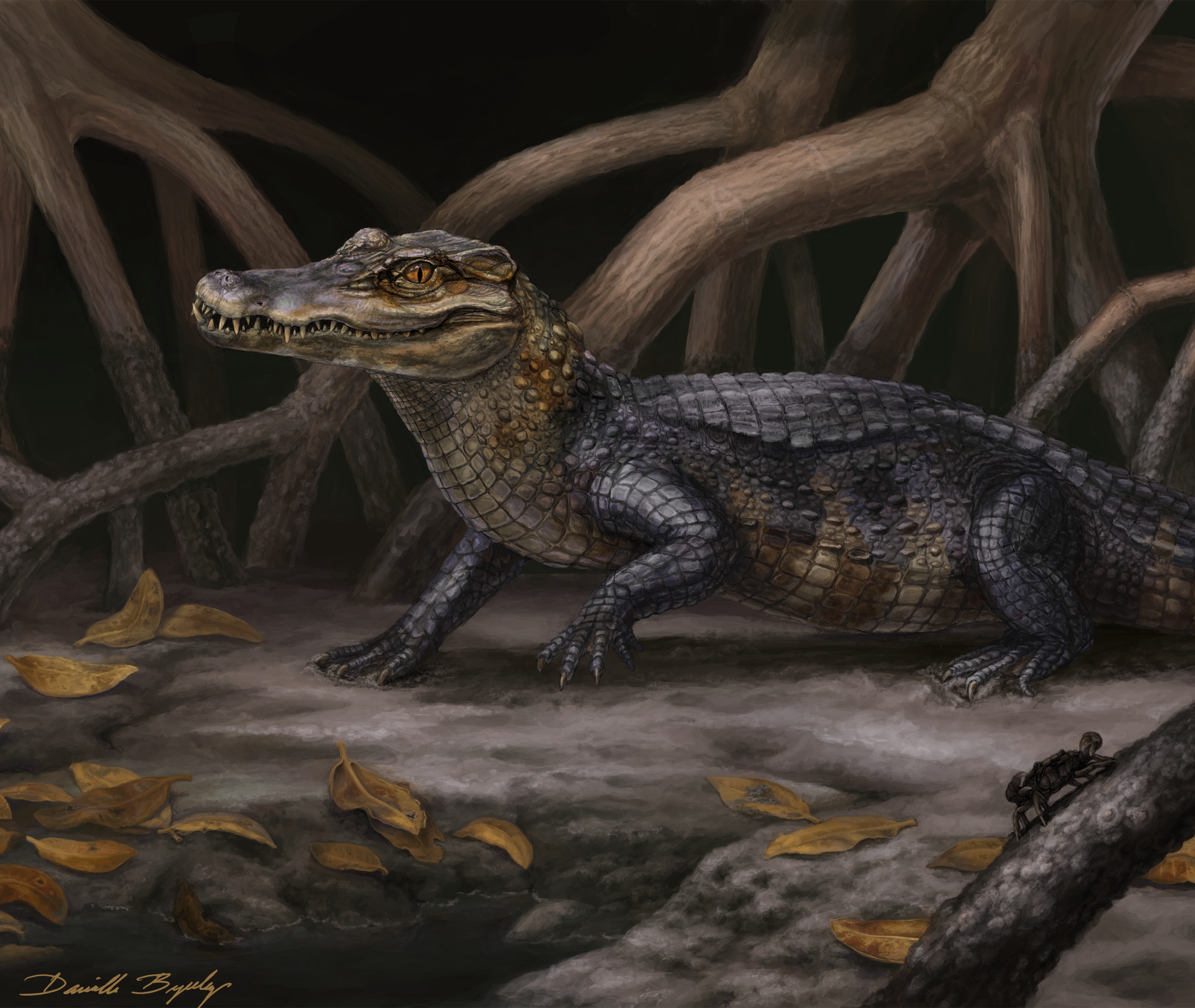Ancient Seaways Carried Alligators to South America

Crocodilian fossil skulls found in the Panama Canal may provide the missing link between the mouthy reptiles of North America and their kin in South America, scientists say.
The skulls belong to two new species of ancient crocodilians (a group that today contains alligators, crocodiles, caimans and gharials) that lived about 20 million years ago during the Miocene epoch. These new findings, detailed in the March issue of the Journal of Vertebrate Paleontology, suggest these alligator brethren slinked between the continents using ancient seaways much earlier than once thought.
"The tropics hold some of the greatest diversity on the planet. Yet there's still so little that we know about them," study co-author Jonathan Bloch, a paleontologist at the Florida Museum of Natural History, told LiveScience. The fossil record in Central America is limited, because rocks there tend to be covered by forest, Bloch said, so the Panama excavation provides "a new window back into the past that's very difficult to get at in the tropics."
An interdisciplinary team found the fossils of the new species, Culebrasuchus mesoamericanus and Centenariosuchus gilmorei, during the current expansion of the Panama Canal, as part of a fossil hunt called the Panama Canal Project. Culebrasuchus mesoamericanus was probably about 6- to 7-feet-long and Centenariosuchus gilmorei was about 4- to 5.5-feet long, the researchers say. Analysis of the reptiles' evolutionary trees revealed the new species are related to caimans, South American relatives of alligators. [See Photos of Monster Reptiles]
When these creatures lived, North America and South America were separated by a seaway. It was only later, some 2.6 million years ago, the Isthmus of Panama rose up to form a land bridge between the continents. That pathway allowed mammals such as armadillos and giant sloths to move into North America while relatives of horses and other animals spread into South America.
The discovery that the new crocodilian species was related to caimans found in South America before the emergence of the land bridge suggests the caimans' ancestors crossed a saltwater seaway to reach South America. The finding is somewhat surprising, because alligator and caiman species lack salt glands for processing seawater. Recent evidence suggests that perhaps the seaway separating not as wide as scientists thought, the authors say.
These caiman predecessors probably followed a North-to-South migration, lead author Alex Hastings, a paleontologist at Georgia Southern University, told LiveScience. "We know there was a transition from alligators to caimans, but we didn't have any evidence [until now]," Hastings said. "We are just scratching the surface of what we can learn from Central America."
Get the world’s most fascinating discoveries delivered straight to your inbox.
Email Tanya Lewis or follow her @tanyalewis314. Follow LiveScience on Twitter @livescience. We're also on Facebook & Google+. Original article on LiveScience.com.
Correction: This article was updated at 9:53 am ET Feb. 6 to specify that caimans, not crocodiles, lack salt glands.



